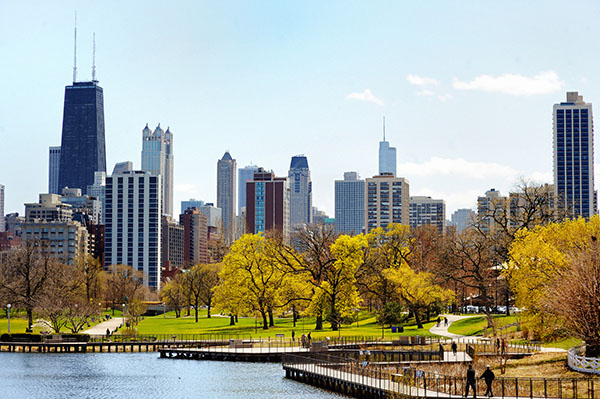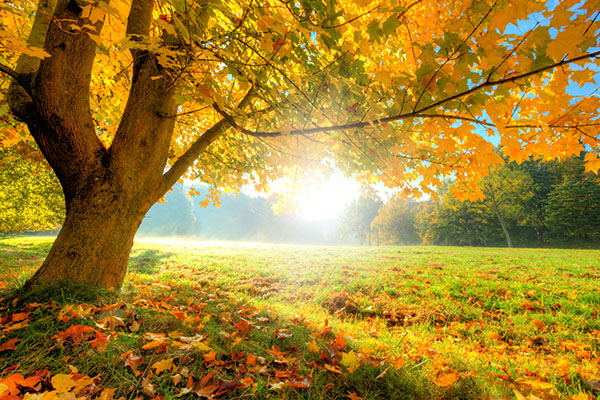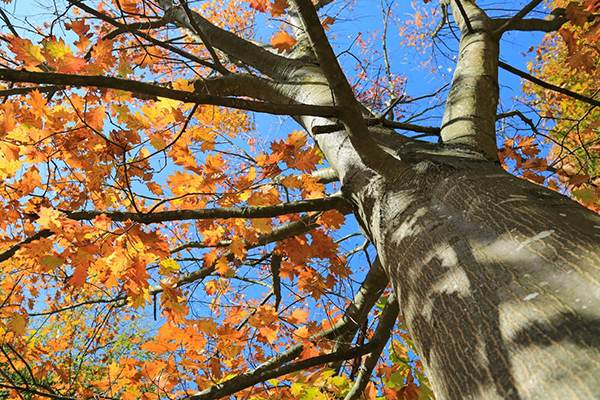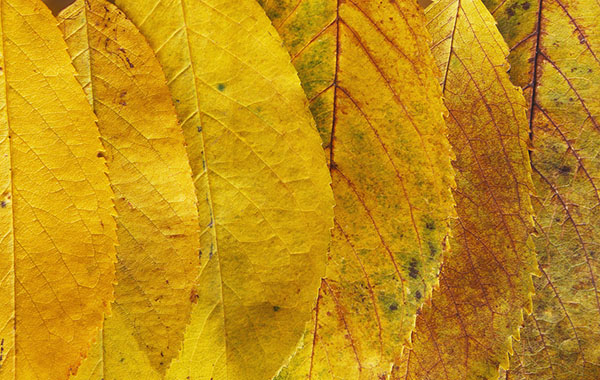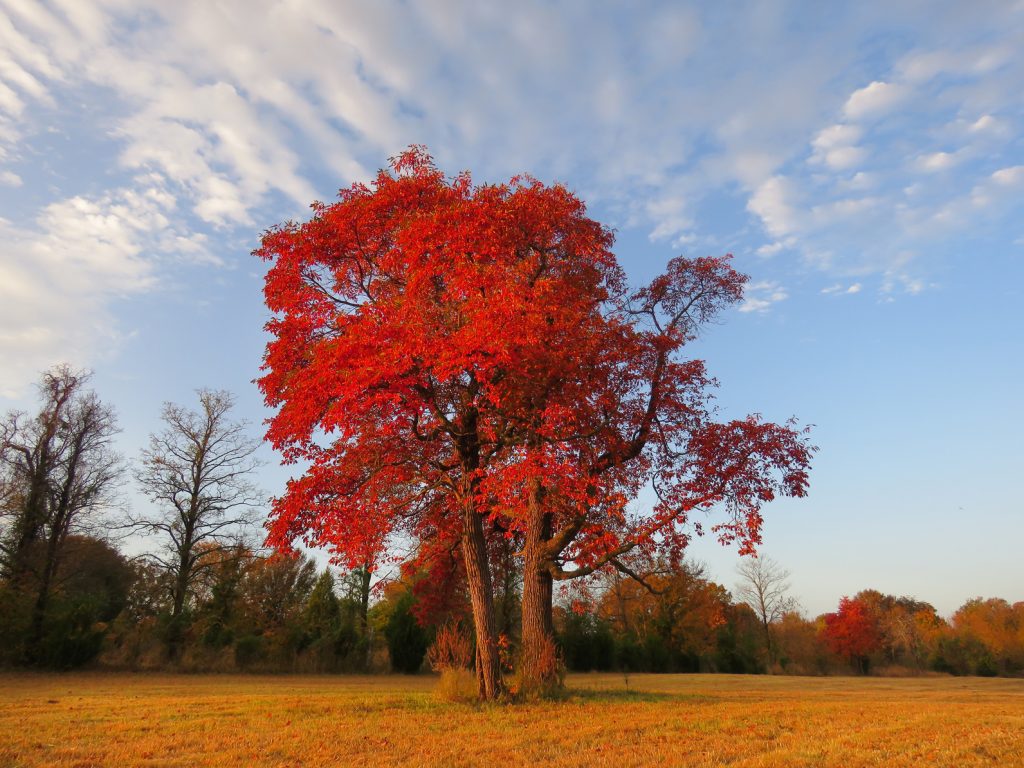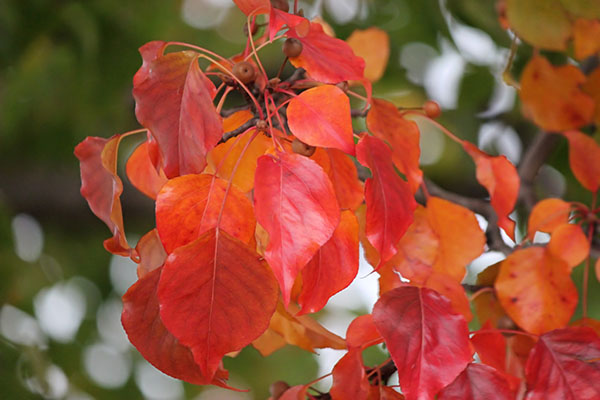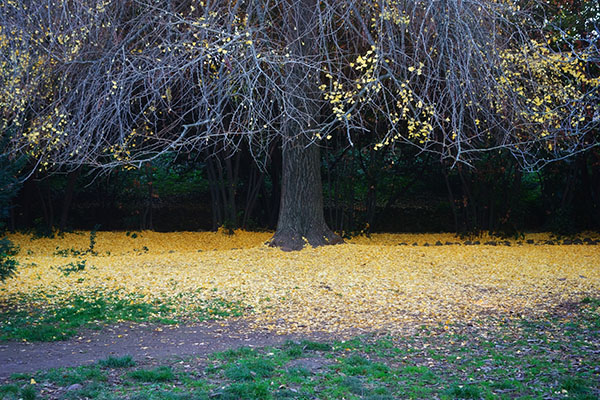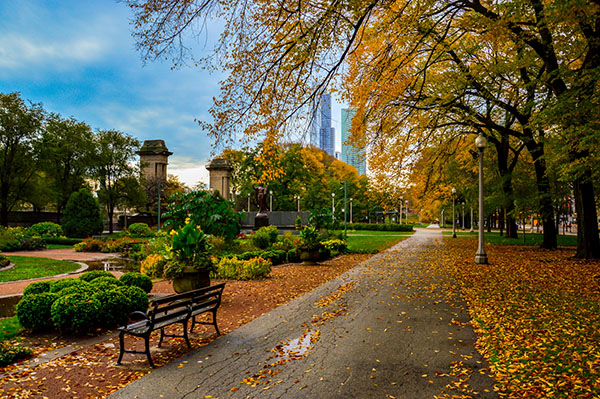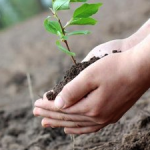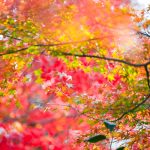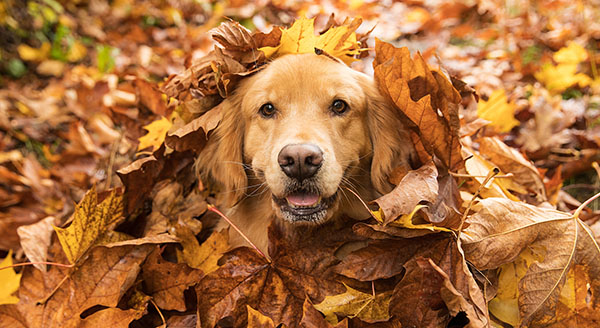
Fall fun in Chicagoland is right around the corner, see what Illinois trees are the most colorful in the area this Autumn
Updated for 2024
After a long, hot summer, we are finally experiencing the cool, crisp air of the autumn season in the Chicago area. The leaves are just beginning to change colors, which means that you can expect to see brilliant fall colors for the next month or so before the trees are bare. There are many great parks in the city of Chicago as well as in the surrounding suburbs for taking in the autumn foliage.
Autumn in the Midwest gives us one last chance to take in the natural beauty of the area before the winter inevitably sets in. There are so many trees in Chicago that put on a show with their fall colors and there are also many great areas both within the city and in the suburbs to view the stunning fall scenery. Even the trees in your own backyard will soon be showing their fall colors.
In this article, we will highlight some of the trees to look out for this fall when their colors change, as well as some of the best places in and around Chicago to view the fall foliage. Before we get too far into the fall, it is wise for homeowners to take care of the trees on their property and provide the last bit of fall maintenance that they need to survive the winter. Many types of trees benefit from late fall tree pruning and fertilization. If you would like professional assistance to ensure that your trees get the proper fall maintenance, call our professional arborists of Hendricksen Tree Care.
Trees in Chicago with Vibrant Fall Colors
In our ongoing series about the trees of the Chicago area, we highlight common native species of trees that are found in and around Chicago. Several of these trees are quite beautiful once they have changed colors in the fall. The following are some common trees to look out for with impressive fall foliage:
Dogwood Trees
Dogwood trees are flowering trees that look vibrant right from the beginning of the growing season when their showy white, purple, or pink flowers bloom. In the fall, the leaves of a dogwood start to turn orange and eventually turn a dark, vibrant shade of red. The red color of the dogwood leaves in the fall causes these trees to really standout, even when amongst other trees displaying their fall colors.
Oak Trees
The mighty oak is one of the biggest native trees in the Chicago area and their large canopies look very impressive when in their fall colors. Oak leaves change from yellowish orange to deeper shades of orange and even red. It is not uncommon for one oak tree to be displaying several colors at once in the fall. Oak leaves are quite large and a favorite for kids who like to jump in leaf piles after raking.
Ash Trees
Like oak trees, ash trees are large trees with expansive canopies that look impressive in the fall. Ash tree leaves may turn a range of different colors in the fall from yellowish green to purplish red. Its large thick canopy really makes these trees stand out in the fall.
Sassafras Trees
Sassafras trees are fragrant, flowering trees that look stunning throughout much of the year. In the fall these ornamental trees do not disappoint as their leaves take on red and orange hues. It is common for the leaves of sassafras trees to be several different colors simultaneously in the fall.
Crabapple Trees
Crabapple trees are very colorful year-round because of their showy fruits and flowers that can be a whole range of different colors. The leaves of crabapple trees tend to turn vibrant shades of orange and deep red, almost purple, in the fall.
Eastern Redbud Trees
Eastern redbuds are another very colorful tree that looks just as vibrant in the fall as it does in the rest of the seasons. These trees have purplish-pink flowers in the spring and their leaves can turn shades of yellow, orange, and red.
Maple Trees
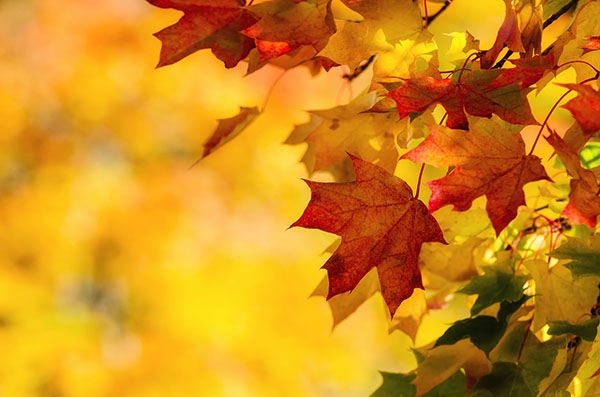
Maple trees are perhaps the fall favorite for Chicago area colors. They can vary from a bright yellow-green to very bright red & oranges
Maple trees are all over the Chicago area and they have great fall colors that are enhanced by their large leaves and canopies. The leaves of a maple may exhibit a range of different colors from yellowish green to orange to red. The round, brightly colored canopies of the maple make it one of the fall favorites in the area.
Gingko Trees
Gingko trees are another interesting fall species of note as the fan-shaped leaves turn a very bright yellow. If left undisturbed, the leaf pile on the ground can make a very striking display around the tree’s base. Feel free to use the golden yellow Gingko leaf in your autumn decorations or even as a bookmark!
Red Mulberry Trees
Red mulberry trees are a favorite ornamental tree in the spring and summer because of their showy fruit, but they are still a nice ornamental tree in the fall. Its fruit may be gone by the time the fall arrives, but its leaves will turn shades of orange to golden yellow. These trees will not lose their leaves until late in the fall season.
Basswood Trees
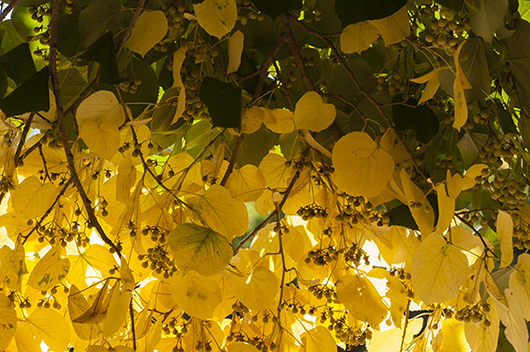
Basswoods / Lindens Are Great Trees That Provide Beauty & Shade Year-Round in Chicagoland When Properly Cared For
Basswood trees are rather impressive in the fall with their height and thick canopies. In the fall, the large leaves of basswood trees can turn to shades of orange, dark gold, and light yellow. Its thick canopy and large leaves last long enough into the fall to make this tree stand out in a fall landscape.
Sycamore Trees
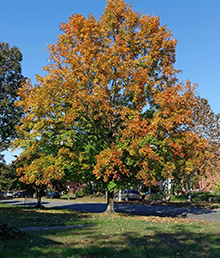
When kept healthy, Sycamore trees can have a beautiful golden orange color across their large canopy in the Fall time
Sycamore trees are among the most impressive native trees in the fall with their tall, thick canopies that can change into multiple colors. Sycamore leaves may change to shades of yellow, gold, orange, and red, sometimes on the same tree. These trees look even more stunning in the fall if the bark has turned white or gray in color.
Hickory Trees
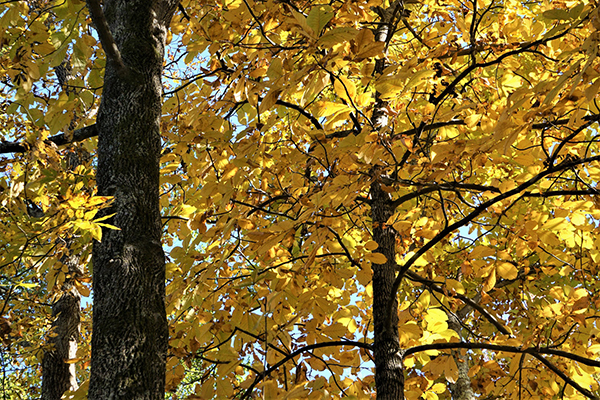
Hickory tree leaves turn a golden yellow color in the Fall time
Hickory trees are large trees known for their big leaves and shaggy bark. There are multiple species of hickory trees in the Chicago area and their leaves turn shades of golden yellow to orange in the fall. The dark shaggy bark of hickory trees in contrast to the lighter, fall colored leaves make quite an impressive sight.
American Beech Tree
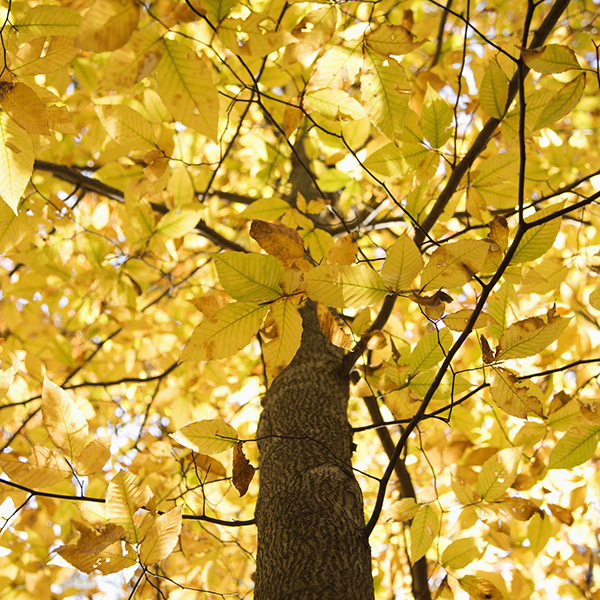
American Beech Trees brighten up Autumn in Chicagoland with their bright yellow leaves
American beech trees are most known for their oval-shaped leaves and silver bark which make quite a display in the fall. The leaves of an American beech tree turn shades of orange and golden bronze in the fall which really stand out in contrast to the silver bark. American beech trees are also likely to keep their leaves into the winter.
Black Cherry Tree
Black cherry trees are showy in the spring and summer with their fruits and flowers, and they are also one of the most vibrant trees in Illinois during the fall. The leaves of cherry trees may experience the full range of fall colors, turning shades of yellow, orange, and red. The fruits are often still on the tree in the fall and will turn shades of dark purple.
Birch Trees
Birch trees look stunning in the fall due to their skinny, white or gray trunks and fall leaf colors. The leaves of birch trees can turn into every fall color from burgundy and red to orange to gold and yellow. The light-colored trunks really stand out in a landscape with brightly colored leaves.
Willow Trees
Willow trees have long, drooping branches adorned with clusters of oval-shaped leaves. During the fall, these leaves turn into a golden-yellow color, and they last much longer into the fall than foliage on other trees. The drooping limbs of golden-yellow leaf clusters put on an excellent show in the fall.
Locust Trees
Locust trees have many small, oval-shaped leaves that grow in a pinnately compound pattern. These leaves turn to shades of vibrant yellow in the fall that create an impressive display.
Elm Trees
There are several species of elm trees found throughout the Chicago area as they are valued as shade trees for their wide canopy. The leaves of elm trees are oval shaped with serrated edges, and they turn shades of yellow and orange during the fall.
Magnolia Trees
Magnolia trees are considered ornamental trees due to their large, showy flowers. The leaves of magnolia trees appear green and leathery in the spring and summer and turn shades of yellow and brown in the fall.
Best Places throughout Chicagoland to View Fall Foliage
For the most part, you do not have to go far from your home to take in the fall foliage. Trees all around your home and neighborhood will be displaying their fall colors within a matter of weeks. However, if you want to take in some truly amazing views of the fall foliage, you can visit one of the following places:
Chicago Botanic Garden – Glencoe, IL
Chicago Botanic Garden sits on over 300 acres and it contains 26 gardens. You can walk around the gardens yourself to take in the fall foliage or walk along their recommended fall foliage walk to see the best of what the Chicago Botanic Garden has to offer.
Maple Grove Forest Preserve – Downers Grove, IL
The Maple Grove Forest Preserve is a great place to see maple trees in their fall colors. Guests can walk the trails of one of DuPage County’s oldest forest preserves and take in the many colorful fall hues of the maple trees.
Morton Arboretum – Lisle, IL
The Morton Arboretum is a large arboretum in the western suburbs that sits on 1,700 acres and has over 4,000 different species of trees. Their Midwest collection includes favorites of the area including maples, dogwoods, and oaks in their vibrant fall colors. Visitors can also see the fall colors of non-native trees in their other collections including their China Collection.
Lincoln Park – Chicago
The Peggy Notebaert nature museum in Lincoln Park in Chicago is temporarily closed, but the park itself is still open. You can walk around the lagoons and take in the fall colors of the native trees and shrubs throughout the park. Lincoln Park sits on over 1200 acres and borders along the shore of Lake Michigan for some breathtaking views within the city.
Lurie Garden – Millennium Park, Chicago
Nestled in Millennium Park in downtown Chicago is Lurie Garden which sits on 5 acres of land. There are several gardens within this area that contain native trees and shrubs with brilliant fall colors. The scenery at Lurie Park is further enhanced by the Chicago skyline which is a close distance away.
Garfield Park Conservatory – East Garfield Park, Chicago
Garfield Park Conservatory is one of the largest of its kind in the world. The conservatory itself contains over 600 species of various plants, including trees and shrubs, and there are also plenty of trees on the surrounding property that make for impressive fall scenery.
Art Institute of Chicago South Garden – Grant Park, Chicago
This garden is located south of the main entrance for the Art Institute of Chicago and it provides a great oasis in the heart of downtown Chicago. The south garden contains a reflecting pool that is surrounded by native cockspur hawthorn trees that turn vibrant shades of red and orange.
The parks and forest preserves highlighted here are just some of the areas within Chicago and its suburbs where you can take in the impressive fall foliage. Check for parks and forest preserves in your town where you can take a walk and admire the autumn leaves. No matter where you go in the area, you are bound to see Chicago trees at their most colorful.
Humboldt Park – Chicago
Humboldt Park is a 197-acre park located in the neighborhood of the same name on the northwest side of Chicago. This park contains paths that wind through mature willow trees and along scenic lagoons, and there is also a section of the park that contains a well-manicured garden. Several sections of the park also offer a great view of the Chicago skyline. The fall colors throughout the park enhance the landscape and really stand out against the backdrop of the city.
Chicago Lakefront Trail
The Lakefront Trail is an 18-mile trail that runs along the shore of Lake Michigan in Chicago. This trail connects beaches and green spaces that can be found along the lakeshore and offers excellent views of the Chicago skyline and Lake Michigan. During the fall, the changing colors of the leaves add a touch of beauty to the views of the lake and city.
Starved Rock State Park – Oglesby, IL
Starved Rock State Park is a popular destination to spend some time outdoors that is located about 100 miles southwest of Chicago. This park is home to picturesque canyons, bluffs, and waterfalls, as well as native trees such as oaks and hickories. The trees throughout Starved Rock display a wide range of colors in the fall for spectacular views.
Matthiessen State Park – Oglesby, IL
Matthiessen State Park is located near Starved Rock in Ogelsby, IL. While it is smaller than Starved Rock, it is generally considered to be more picturesque and features trails that go through rivers, waterfalls, caves, canyons, and valleys. The oak trees and red cedar trees turn to shades of rusty red and orange in the fall which stand out along the rugged terrain of the bluffs.
Busse Woods – Rolling Meadows, IL
The Ned Brown Forest Preserve, also known as Busse Woods, is a 3700-acre preserve that borders Rolling Meadows, Elk Grove Village, and Schaumburg, IL. Busse Woods has more than 10 miles of paved bicycle trails as well as pedestrian trails that take visitors through the preserves, including an elk pasture and Busse Lake. A segment of Busse Woods that contains native flatwood forests that include black ash trees, red maples, and white swamp oaks is listed as a national natural landmark.
There is a diverse range of trees found throughout Busse Woods, including red maples, white swamp oaks, black ash trees, basswoods, hickories, and sugar maples that color the landscape with a variety of vibrant fall hues.
Fall Tree Care Services from Hendricksen Tree Care
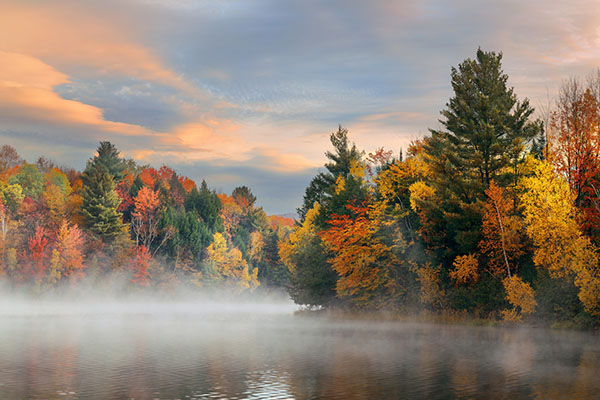
If your Chicagoland trees aren’t looking as colorful as you would like this Fall, contact Hendricksen Tree Care Services for an inspection to see what can be done to get them looking healthy all year round
When admiring the beauty of fall foliage, it is easy to forget that your trees need maintenance to get them prepared to survive the Chicago winter. Trees often need to be pruned during the fall to remove dead and damaged branches before the winter and they need to be fertilized to ensure that they have the nutrients necessary to make it through the harsh winter conditions.
At Hendricksen Tree Care, we provide complete tree care services in Chicago and the north and northwest Chicago suburbs to keep trees healthy and well-maintained. Our ISA certified arborists can handle a range of tree care services including tree trimming, fertilization, treatments for insects and disease, and tree removal when necessary. We admire the beauty of fall foliage in the Chicago area just like everyone else and we make it our goal to keep Chicago’s trees healthy so we can enjoy the beauty of fall leaves each year.
